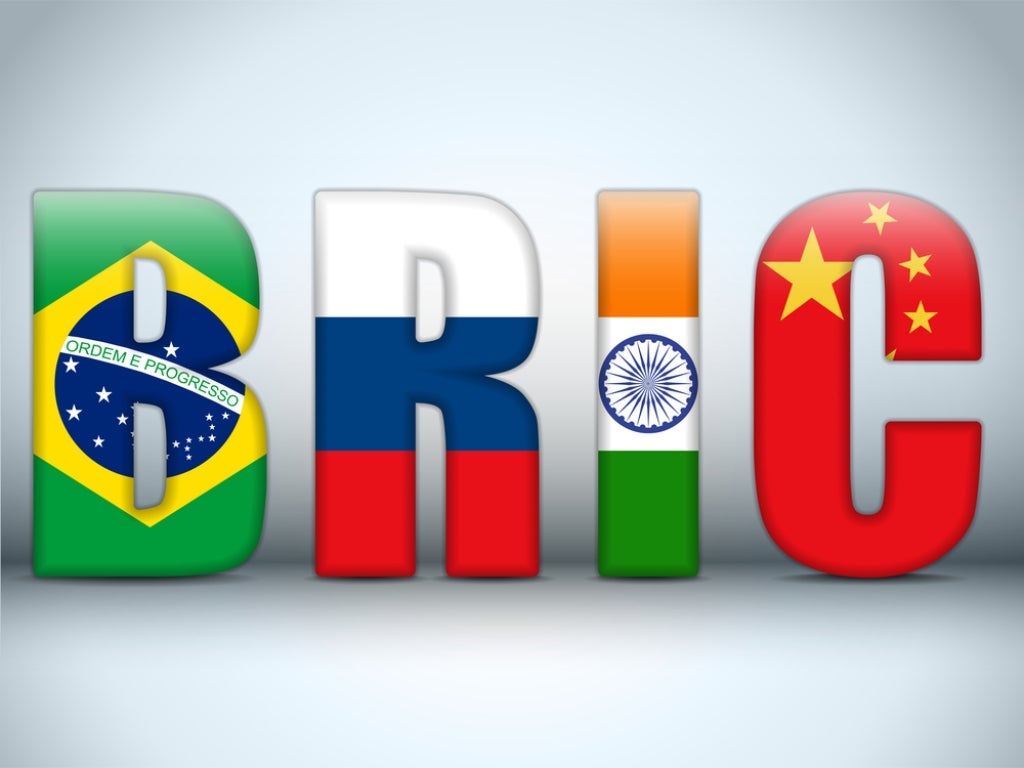The emergence of BRIC as a strong strategic and economic group may prove consequential to global affairs. In economic sphere, it has been viewed as a beginning to challenge the western hegemony. Given the combined economic weight of the members in global economy, they are bound to influence the restructuring of global financial institutions and a fair operation of global economic order.
Their combined strategy may also influence the balanced conclusion of Doha round of trade negotiations which may take into account the concerns of developing countries. Many scholars estimate that these emerging economies will be the driving force of the expected global recovery.
These emerging economies are linked to the developed economies by currency and trade. However, many observers believe that the BRIC economies are unable to develop independently of rich countries because the international trade and global currency are two major factors which bind closely the BRIC countries with developed countries.
As the US G-8 and the Security Council find difficult to stabilise the present global economic and political order, the BRIC has the scope and opportunity in influencing the shape of global political and economic order. Even some optimists, including the finance service company Goldman Sachs’, estimate that the BRIC countries are overtaking the west at different paces.
ADVERTISEMENTS:
Jim O’Niell, the chief economist of Goldman Sachs’ who invented the term BRIC in 2001 has issued several forecasts that the aggregate G.D.P of BRIC countries would exceed that of G-7 countries by the year 2027. According to his estimates, China’s economy will exceed the US economy within next 20 years.
The first ever Summit of BRIC (Brazil, Russia, India, China) was held on 16th June 2009 at the Russian city of Yekaterinburg. This is a new group of fast emerging countries, which holds promise to provide a new vision of global order, which is just, fair and democratic.
The gradual evolution and consolidation of BRIC in Summit form assumes significance in view of the nature, size and importance of these countries in the global political and economic spheres. Taken together the four member countries of the BRIC hold a substantial share in the world growth and output.
ADVERTISEMENTS:
It is estimated that their combined output would be 40% of global GDP by the year 2020. They together represent 40% of the global population and 25% of the global territorial area. The four members of BRIC nations currently account for 15 per cent of global economy and 42 per cent of global currency reserves.
It is estimated the Russia, India and China would become the engine of world growth. While the developed Western countries are reeling under recession, it was estimated the China and India would have 6 per cent and 4 per cent GDP growth respectively in 2009.
The reason for this growth amidst global recession is that these economies are not heavily dependent on export for their growth which is largely dependent a rising internal demand.
